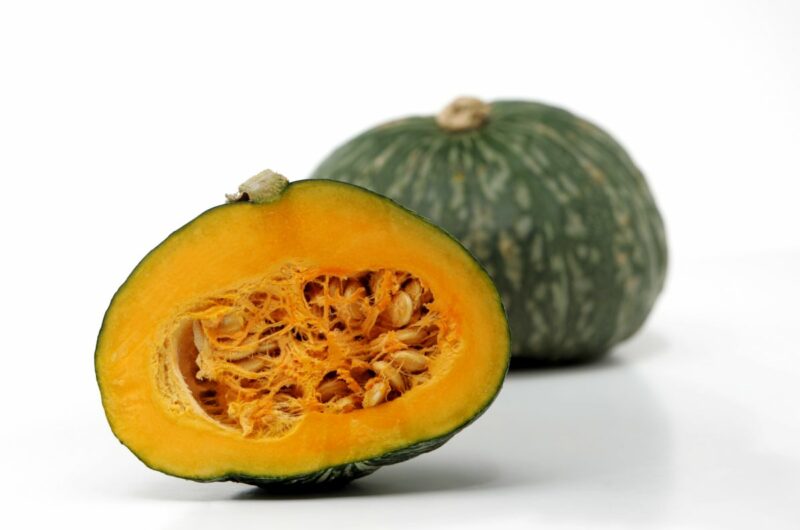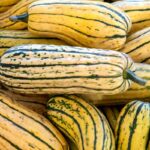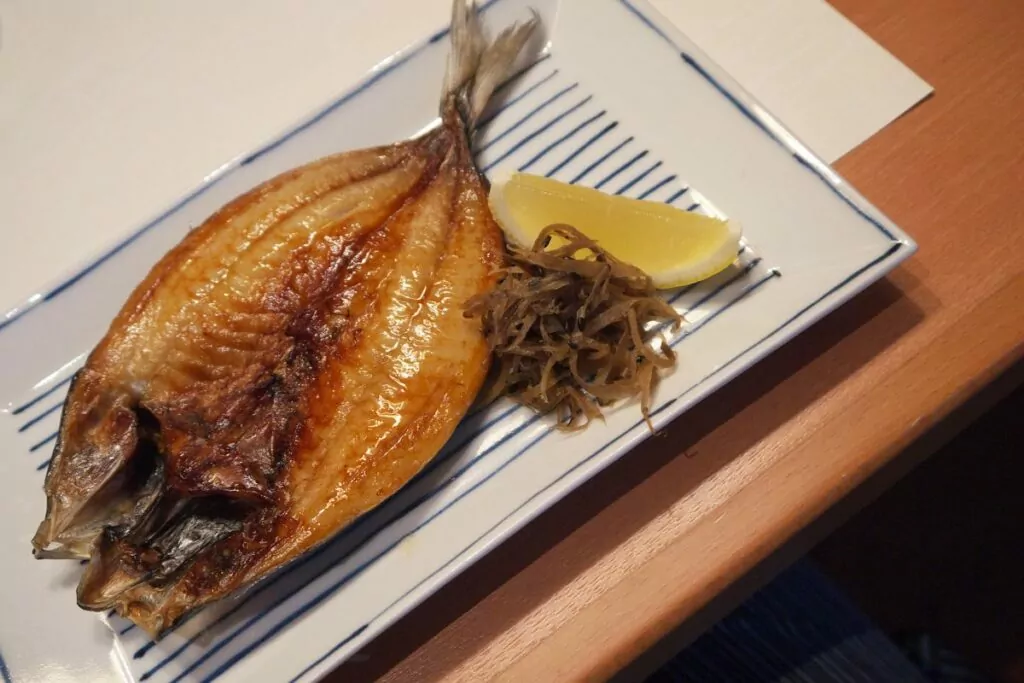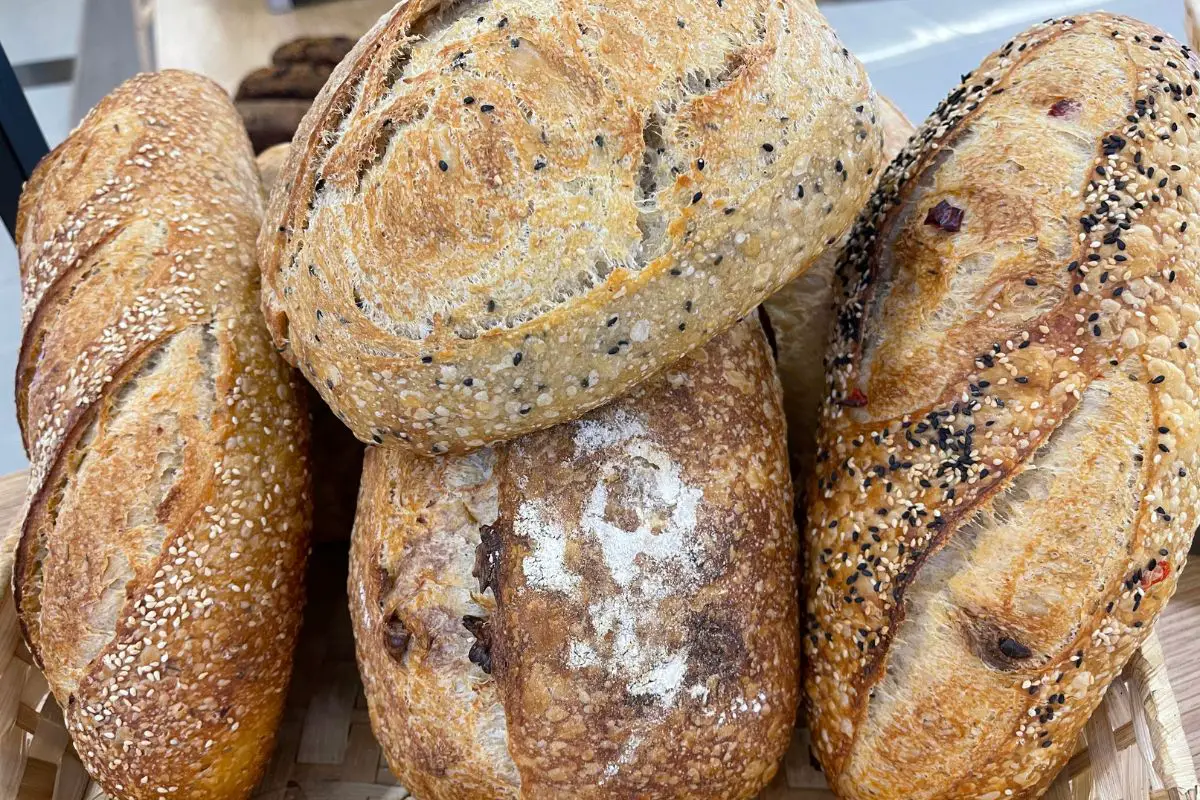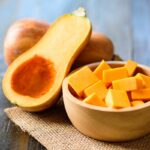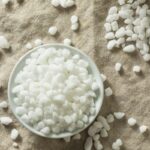Kabocha Squash, or Japanese Squash, is a type of winter squash that is commonly used in the US. Some dishes may specifically suggest for a kabocha squash to be used, but sometimes we may not always have access to it.
That doesn’t always mean we can’t do the recipe, though, and with the right understanding of why the vegetable is being used in the recipe as well as the flavor of the squash, we can easily suggest some simple substitutes.
In order to find the right substitute we need to learn about the squash, where it comes from, what its flavor is, and the features that make it appropriate for the recipe we are making.
But don’t fear, in this article we will discuss what kabocha squash is, what it tastes like, and more. So keep reading to learn more about the squash and what we can substitute it for. FInd this out and more, below!
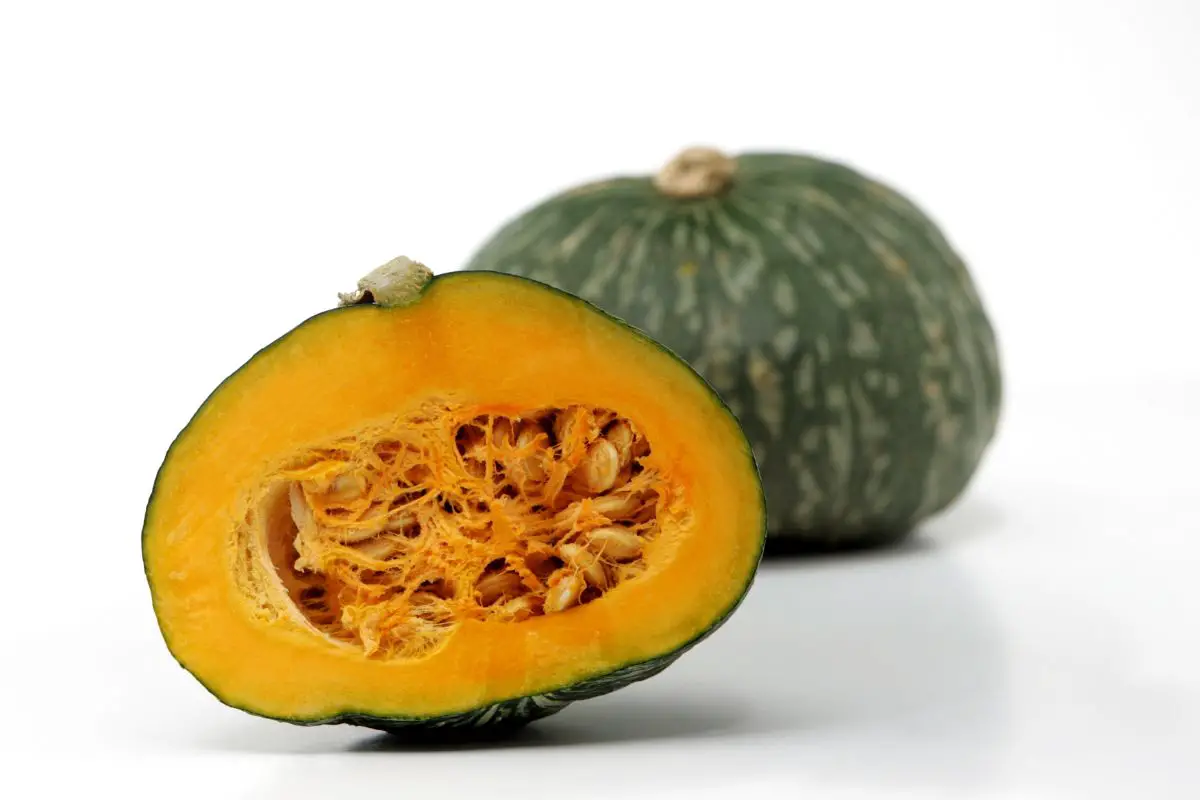
What Is A Kabocha Squash?
The botanical name of the kabocha squash is the Cucurbita maxima, although the squash is also known as the Japanese Squash, or Japanese Pumpkin, although this is botanically not a pumpkin, but a squash.
The kabocha squash is generally quite squat, or short in other words, in comparison to something like a butternut squash which is much longer this also means the kabocha has a lto of seeds.
It has dark green skin usually and while the skin is hard you can actually cook it with the skin on which is great – not all squash varieties are like this.
The flesh of the squash is particularly bright and is usually a yellow or orange color. Like most other squash it has smaller seeds than you might find in a pumpkin.
The flavor of the kabocha squash is both sweet and earthy. When cooked, by either roasting it or boiling it, you get a really pleasant soft texture to the flesh.
As we mentioned, when cooked the skin is totally edible and gives the squash a toothsome bite that is pleasant. When cooked to perfection it’s basically like mashed potato on the inside and becomes even more sweet, kind of like a yam or a sweet potato.
What To Substitute Kabocha Squash With?
Below we have suggested some of the best substitutes for the kabocha squash, other squash varieties that are similar, but also completely different vegetables that are actually really similar.
1. Butternut Squash
Kabocha squash is a little less common than the butternut squash, while the former is more common in Asian grocery stores and cuisines, the butternut squash is more of a likely sight in the American grocery store or farmer’s market.
If you can’t find Kabocha but your generic butternut squash is still easy to find, it’s totally fine to go with this option. Generally the main difference is that you don’t really eat the skin of a butternut squash.
Commonly, it is much thicker than that of the kabocha squash and this isn;t that nice to eat.
On the other hand, the flesh of the butternut squash is very similar to the kabocha squash and ends up coming out very similar, depending on whatever cooking technique you are using.
It is very soft when cooked, and is also a bright orange color like that of a kabocha. Some would argue a kabocha squash is still a little sweeter than your butternut squash, but we will leave this for you to decide.
2. Pumpkin
Pumpkins can come in many varieties just like squash can, but if you can get your hands on a pumpkin then it will ultimately be quite similar to your kabocha squash. In terms of how they look, a kabocha squash looks a lot like a small pumpkin.
You can get small varieties of pumpkins, while w e generally imagine pumpkins to be quite large. If a recipe suggests the use of a whole kabocha squash, this may be equivalent to about half of a large pumpkin variety.
In any case, the flesh of a pumpkin is very similar to basically any kind of squash. It will cook in exactly the same way and is very tender when cooked.
Again, you can’t really eat the skin of a pumpkin without lying to yourself, while a kabocha’s skin is totally edible. In terms of flavor they will differ a little bit.
A kabocha is notoriously sweet in flavor, while a pumpkin is much more savory, earthy, and a little vegetal. You could add some maple syrup to your recipe and it will add the necessary sweetness a kabocha would bring.
3. Yams
A yam can be somewhat similar to a kabocha squash, and is worth a look in if this is all you can find. Yams have a rough and textured barky skin that is not edible.
The flesh of the yam is much paler than a kabocha and is a little more starchy like a potato, botanically lying somewhere between the two.
The flavor of the flesh of a yam is actually more neutral than kabocha, much more like a pumpkin but even a little less sweeter.
When cooked, though, the yam has a very similar texture to the kabocha and if a yam is all you can get your hands on you can still add sweet elements to get the same flavor as a kabocha squash.
4. Sweet Potato
Okay, PSA time, a yam and a sweet potato are not the same thing. They look similar, and super annoyingly they are actually used synonymously as terms in the US, but botanically they are completely different plants.
We have just described a yam, but a sweet potato is completely different. A sweet potato noticeably has a much smoother skin, like a normal potato, while a yam will be barky and thick.
Moreover, the flesh of the sweet potato is bright orange, just like a squash. When cooked the yam, sweet potato, and kabocha squash, all have pretty comparable textures that become very tender when cooked.
However, a sweet potato has much sweeter flavor than a yam, and it is probably as sweet as a kabocha squash is. Yet a sweet potato is probably a little more starchy than a squash would be.
5. Yuca
If anything, a yam is probably closer to the yuca plant than it is to a potato or squash. In either case, a yuca is a decent swap for a sweet variety of squash like kabocha, although perhaps as hard to find, the yuca being common in African markets.
Although, once again, a yuca shouldn’t be confused with a Yucca, one is edible the other isn’t. The yuca is the root of the cassava plant. The yuca is actually where we get tapioca from.
Yuca is eaten all around developing countries, primed for their carbohydrate needs. In any case, the flesh of the yuca is very soft when cooked and can resemble that of the kabocha squash, albeit much paler.
Yuca is probably a little sweeter than a yam but not as sweet as a sweet potato or kabocha squash.
6. Plantain (ripe)
A plantain can be quite far from a squash botanically speaking, but it can bring a similar vibe to a stew or curry that a squash can. Generally, plantains that are ripe, or yellow in color, can be very sweet.
You can fry them up and they are really sweet and when you add them to a stew they are much similar to a kabocha squash, but they will have a much chewier and jammier texture, which could be a plus.
Final Thoughts
As you can see, there are plenty of root vegetables and tubers out there that are quite similar to kabocha, as well as a wide variety of squashes we didn;t mention. We want to find something substantial, but sweet, that is tender when cooked.
Can’t Find A Kabocha Squash? Here’s The Best Substitutes
Course: Substitutes4
servings30
minutes40
minutes300
kcalDirections
- Pick a recipe from the list above
- Click the recipe name and visit the website
- Collect the ingredients and cook the food
- Enjoy – don’t forget to leave a review
Recipe Video
https://www.youtube.com/watch?v=qv6xq6kju4kVideo can’t be loaded because JavaScript is disabled: Kabocha Squash | How To Prep & Recipes (https://www.youtube.com/watch?v=qv6xq6kju4k)- What Exactly Do Chickpeas Taste Like? Is There A Distinct Flavor? - September 30, 2023
- Top 11 Low Carb Options at Sonic Drive-In for Keto Diet - September 30, 2023
- ="https://butterandsaltgatherings.com/potato-salad-sides/">What Should You Serve Alongside Potato Salad? 8 Incredible Side Dishes - September 30, 2023

